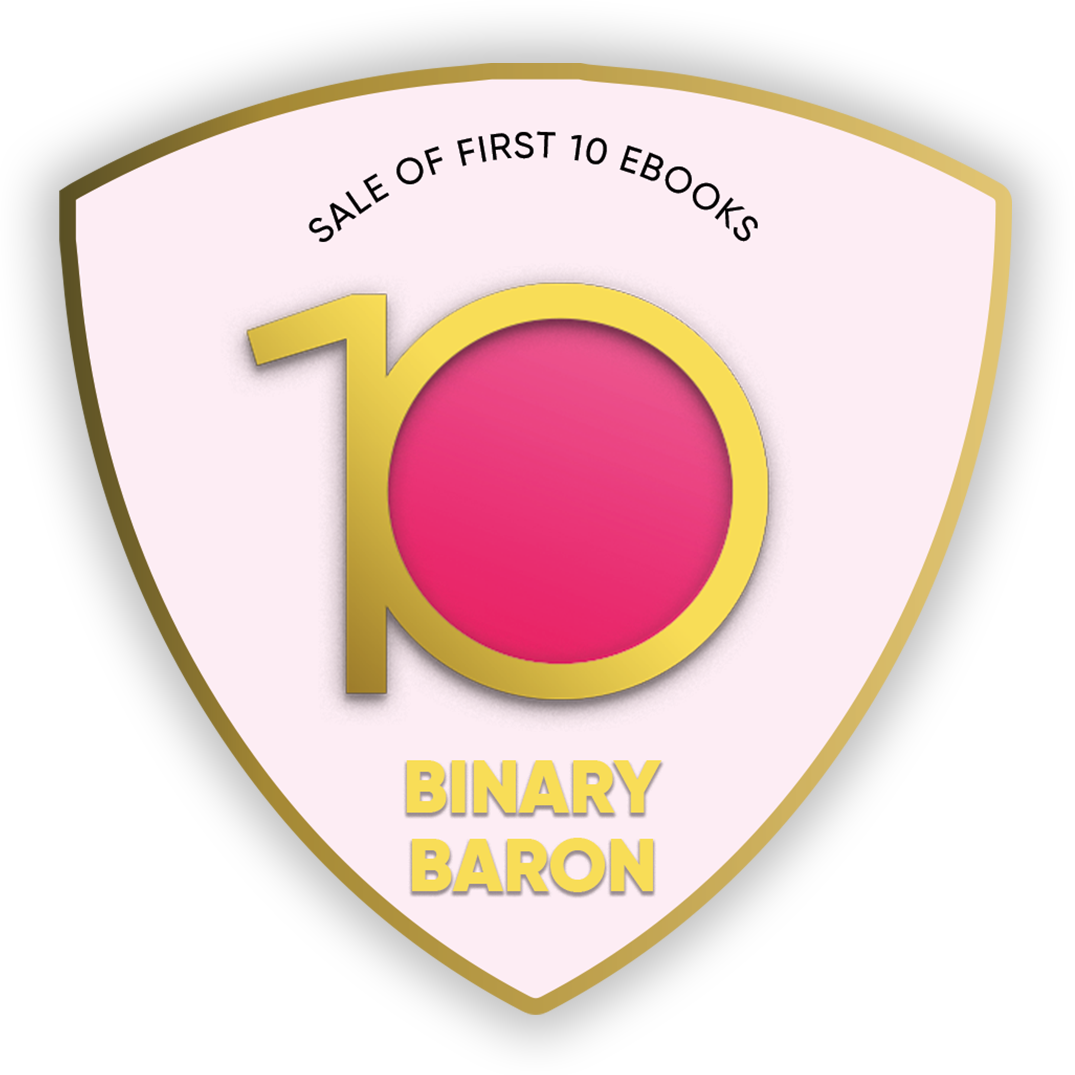The Rainbow
Books by Aruna Bommareddi
This was a world that experienced annihilation in a sense in the modern world. These places and people have never been part of any literature, anytime. But they were simply a happy people who lived well and lived long. This book, pays a tribute to these people and places. Since the book is written in English, children could use it as a text book to learn English. Because most of the narration has Telugu words, which are not translated into English, all T
Fingerprints of Creativity
Books by Edited By Aruna Bommareddi
The anthology of writing Fingerprints of Creativity serves as an excellent manual for Creative Writing teachers and students across the country. This volume contains some of the best examples of writing that would be useful as practice exercises to students. In the midst of a bewildering range of books that pass off as text books of Creative Writing, this volume makes a subtle, yet strong point on how to go about teaching the course; it takes the approach to tea
Narrative Traditions of a Telugu Epic: Palnātivīrula Katha
Books by Aruna Bommareddi
In the current climate of increasing absence of resistance from within traditions as that of Hinduism, this book offers a fresh read for those who look for resisting narratives that break free from the fold of larger narratives. The ‘little narrative’ here is an oral epic of the Telugu peoples that itself has spawned a flowing tradition of its own, with several other written texts, performances, plays and songs, and even movies based on it. However




















